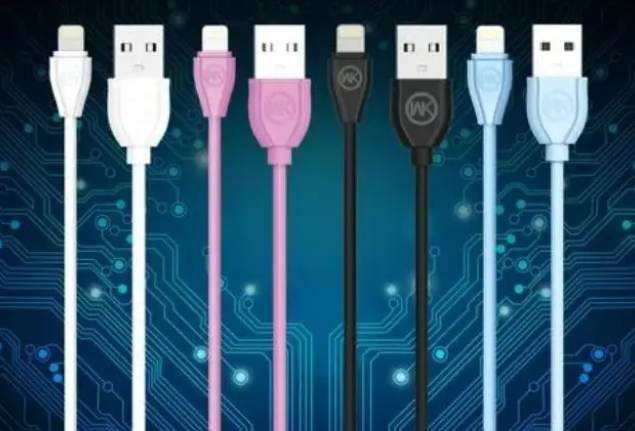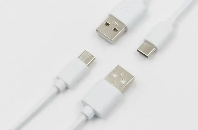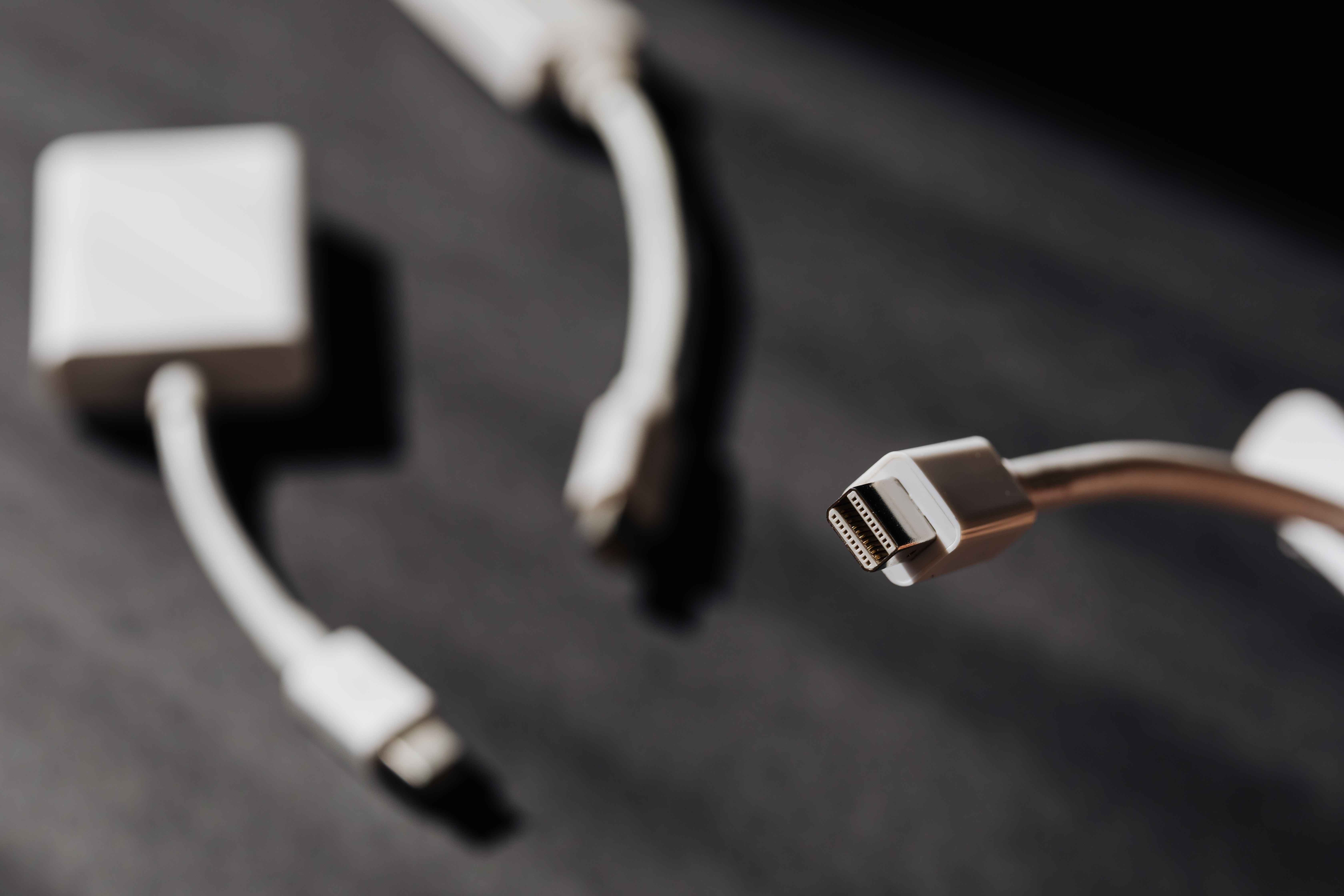At present, China's integration and rapid charging work has achieved certain results, but still faces enormous challenges. The convergence fast charging industry should attach importance to the formulation of standards. Increasing the promotion and implementation of standards and certification, improving technical research and development capabilities, and mastering interface and fast charging technology are effective methods for promoting the unification of fast charging equipment in China.
——Liang Yutong, Secretary General of Guangdong Connector Association, Deputy Secretary General of Guangdong Wire and Cable Industry Association
◎ Our reporter Tang Fang
Apple 15 (iPhone 15) or messages equipped with a USB-C charging interface will be hot searched again. Currently, there are two mainstream charging interfaces in the world, and the Android platform has basically completed the unification of the USB-C interface, while Apple is the only mobile phone brand that insists on using the Lightning interface.
Is a global unified charging interface feasible? Does the unified charging interface mean that we can use one charging head and one charging cable to solve the fast charging problem of all mobile intelligent devices? How far do we still have to go to achieve this goal? On March 1, a reporter from Science and Technology Daily interviewed relevant experts on this issue.
Small interfaces set off a "storm" in the accessory market
In October 2022, the European Council approved the "Unified Charging Interface within the EU" bill, stipulating that mobile phones, tablets, digital cameras, and other electronic devices sold within the EU since 2024 must use a unified USB-C interface.
"According to the new EU regulations, the Apple Lightning interface will no longer be applicable to the electronic device market in the EU." Xiang Ligang, chairman of the Zhongguancun Information Consumption Alliance, told Scitech Daily that the changes to the iPhone 15 interface mean that Apple's mobile phone will further transform towards universality. However, it is not ruled out that the iPhone 15 series, which may be released this autumn, will launch a "EU specific version" product, or avoid interface restrictions by accelerating wireless charging.
Xiang Ligang said that the unified charging interface is USB-C, which will reduce thousands of tons of electronic waste every year and promote the reuse of chargers.
Liang Yutong, Secretary General of Guangdong Connector Association and Deputy Secretary General of Guangdong Wire and Cable Industry Association, said that compared to the USB-C interface, Apple Lightning interface has prominent issues such as slow transmission speed, unsatisfactory fast charging speed, and poor device compatibility. Since its launch in 2015, USB-C has become the preferred interface for global mainstream mobile phones, consumer electronics, personal computers, and other manufacturers, with advantages such as small size, forward and reverse pluggable, fast transmission, strong signal capability, and good compatibility.
Specifically, although the Apple Lightning connector supports forward and reverse insertion, it only operates with 8 pins, and can withstand a maximum current of only 3 amperes (A), with a charging power limit of 33 watts (W). At present, gallium nitride chargers, which are gaining momentum in the market, have a charging power of 40-120W.
Liang Yutong introduced that the non-uniform charging interfaces of mobile devices have first caused confusion and inconvenience for consumers. Secondly, due to the non disclosure of Apple Lightning interface data line standards, enterprises can only produce under the authorization of Apple, resulting in low autonomy of the production enterprise and low product transparency. Finally, China has no way to start the quality supervision of such data line products, which belongs to the blind area of quality supervision.
If the Apple phone is replaced with a USB-C interface, will the MFI system of the original Lightning interface also fail?
"The unified charging interface for smart devices is completely feasible technically," Liang Yutong said. The industry generally believes that the MFI certification of Apple's mobile phone data lines brings huge profits every year. If charging products are universal, it will inevitably affect Apple's accessory sales.
It is estimated that Apple can earn billions of dollars annually relying on its "unique" Lightning charging line and MFI certification.
Xiang Ligang believes that Apple will probably combine MFI chips with USB-C to make USB-C certified chips. If your phone wants to reach full speed charging status, you still need to purchase original or authorized third-party charging accessories. "The interface can be unified, but a lock should be added to prevent other USB-C charging cables from adapting to Apple products."
Private protocols make unified chargers difficult
It is reported that even if the charging interface is unified, the differences in fast charging protocols make it difficult to achieve fast charging for all electronic devices with one charging head and one charging cable.
The reporter went to the offline store of Xiaomi to learn that the fast charging protocol of Xiaomi 13Pro shows that the charging power is 120W, which can be fully charged in only 19 minutes. When using this phone's charger to charge other brands of phones such as Vivo and OPPO, it takes at least 1 hour to fully charge.
Liang Yutong pointed out that with the same USB-C charging interface, there are still issues with interoperability and incompatibility in the fast charging technology of various enterprises. For example, the fast charging power of OPPO mobile phones is 100W, while Xiaomi mobile phones using this charger may only achieve a slow charging power of 10W. The reason for this is that in recent years, various brand manufacturers have blossomed and formed a variety of fast charging standards and protocols.
For example, Huawei uses SC/FCP fast charging technology, where the FCP protocol uses a "high voltage low current" scheme, and the SCP protocol uses a "low voltage high current" scheme. Vivo uses Flash Charge technology to achieve shorter charging times through higher charging power.
"Due to the independent research and development of various chargers and charging lines, from charging technology to components, various mobile phone brands have introduced their own private protocols, ultimately resulting in incompatible charging protocols." Liang Yutong said that when using other brands of chargers, they can only conduct low-power charging, seriously affecting the user's fast charging experience, and increasing the risk and cost of research and development upstream and downstream of the industry chain.
"The incompatibility of the fast charging protocol means that in order to obtain the fast charging effect calibrated by the mobile phone manufacturer, it is necessary to use specific charging heads and data cables." Xiang Ligang told reporters that this has caused users to replace their devices, and most of the original charging heads and data cables are idle, causing huge waste. "It is necessary to unify the fast charging protocol to achieve compatibility between various manufacturers," he emphasized.
Xiang Ligang suggested that to promote the green transformation of the industry, it is necessary to accelerate the pace of unifying charging interface standards, fast charging technology, and fast charging standards, and accelerate the construction of a recycling and reuse system for waste chargers.
Cross-brand fast charging of mobile phones accelerates popularization
The reporter learned that China is accelerating the work on integration and rapid charging, and has achieved phased results with the efforts of all parties.
Liang Yutong introduced that China's 2022 version of the Integrated Fast Charging Certification Standard (UFCS) has been released, and the first batch of 15 fast charger products have obtained the integrated fast charging certification, covering three major categories: mobile phones, chargers, and fast charging chips.
It is reported that UFS is a new generation of integrated fast charging protocol led by China Communications Academy, Huawei, OPPO, Vivo, and Xiaomi, and jointly completed by multiple terminal companies and the industry. It aims to solve the complex, volatile, and incompatible issues of current fast charging standards on the market.
"The UFCS integrated fast charging protocol has become a common fast charging standard, which can help achieve the unification of the fast charging market." Liang Yutong said, as China's leading fast charging technology specification, UFCS has a higher performance limit and compatibility, with the goal of achieving cross brand high-power fast charging.
A reporter from Science and Technology Daily learned from offline stores in Huawei and Xiaomi that as chargers that have passed the integrated fast charging certification, the Huawei P0013 switch adapter and Xiaomi MDY-14-ET power adapter have been listed for retail or sold as supporting electronic products.
Liang Yutong pointed out that UFS integrated fast charging is accelerating its popularization to the user level, making it possible to cross brand high-power fast charging. He believes that more and more fast charger products can join the integrated fast charging camp in the future.
"At present, China's integrated fast charging work has achieved certain results, but still faces enormous challenges." Liang Yutong suggested that the integrated fast charging industry should attach importance to the formulation of standards, "increasing the promotion and implementation of standards and certification, improving technical research and development capabilities, and mastering interface and fast charging technology are effective methods for promoting the unification of fast charging equipment in China.".









